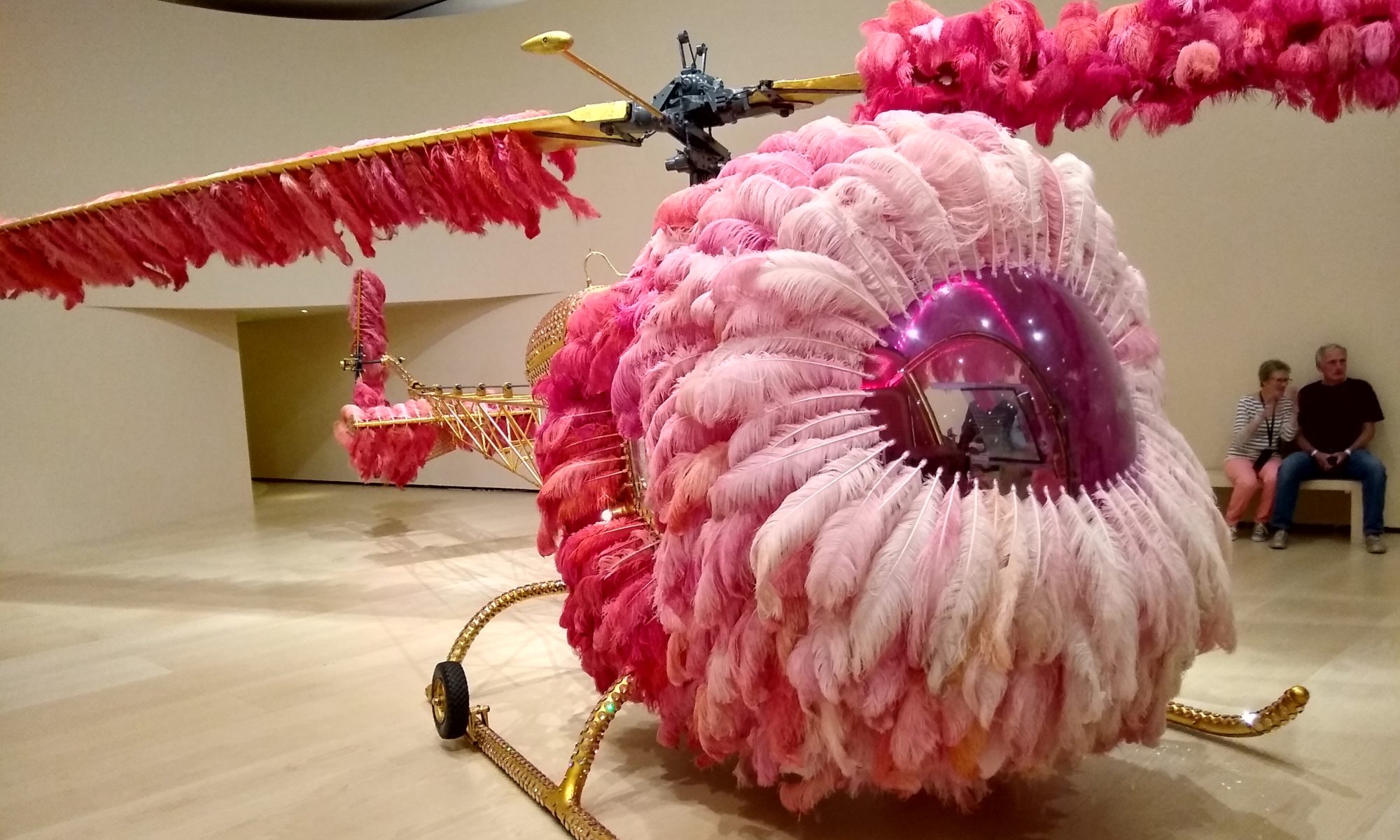Just in case anyone is interested and doesn’t know already, this is what a typical facilities are like at a freebie stopover. In the UK it’s hard to understand that anything would be freely given, but in Europe this is very common. Of course, there are lots of stopovers which are not free and we are also staying on formal campsites too, but this is just an indication.
This stopover is in Castello de Paiva in Portugal and is on the corner of a very large market square.
The mechanics of the facilities are really straightforward, but we can still remember how daunting it seemed and how much complex stuff there was to remember when we hired our first campervan six or seven years ago.
The grating that you can see under the mothership is for grey water – this is the water from the sink, shower and washbasin. There is a hundred litre holding tank and a big tap inside the mothership that dumps this water, so we just need to park over the grating and open the tap.
The metal drain cover with a sort of star shape in the top is for black water. That means the toilet cassette! Our toilet is a Thetford unit – which is a really common brand. It has a removable tank that you can carry to the disposal point. It holds about 20 litres. You add a chemical to the cassette each time you empty it and that helps to control the odour and to break down the contents a bit! Sounds yeuchy but you soon get used to it! It’s best to use cheap brands of toilet paper in cassette toilets to make sure it breaks down easily.
The pillar on the left of the picture contains two taps – one is for fresh water and has a screw fitting. We have a hundred litre tank on board and a hose dedicated for drinking water to fill up. Across Europe there are a couple of different sizes so we have some brass adapters which convert the different screw threads to a hozelock connector.
On the other side of the pillar is a press tap for rinsing the toilet cassette. This separation is important and the tap for rinsing does not have a connector so in theory no mistakes can be made. In practice when we are filling the fresh tank, we wipe the tap down first and we flush the first few litres away to make sure we are getting fresh water.
We tend to travel with the freshwater tank full. There are two schools of thought. Obviously this loses efficiency – its 100 Kilos, but we are often not on hookup and sometime (like in Porto) in locations where there are no facilities at all, so we prefer the efficiency cost and the peace of mind that we are self sufficient.
When we are off-grid, the limiting factor is the loo – 20 litres does not go very far 😉 We have an extra toilet cassette but we left it in the UK – we didn’t think we would need it for this trip. We may need to revisit that decision!
To locate the stopovers, we have a few tools. Often there are signs at the side of the road indicating a motorhome dropoff. We have smartphone apps from a couple of suppliers and a big ‘Camperstop’ book.
Once we research a few days of places to go and things to see, the camperstop network is the next thing we check.

